Best
Beginner
Euphonium
-
Overall: 9/10
-
Best Feature: crisp, warm, tone and balanced blowing resistance
-
TedScore™: 9/10
Best
Durable
Euphonium
-
Overall: 8/10
-
Best Feature: Play smoothly with stainless steel pistons
-
TedScore™: 8/10
Best
Budget-Friendly Euphonium
-
Overall: 8/10
-
Best Feature: Rose brass leadpipe produces a fantastic tone
-
TedScore™: 8/10
Hello, **brass bandits** and **finger-wiggling wizards**! I’m your **euphonium whisperer**, bringing you years of experience tucked under my belt like **a trusty, well-used mouthpiece**.
I’ve spent more time with my fingers on a euphonium than I have on a smartphone, and that’s saying something!
Now, are you strapped in and ready to embark on a rip-roaring ride through the fantastic labyrinth of euphonium fingering? If you’ve got a heartbeat and a love for belting out brassy tunes, then boy, have I got a treat for you!
Euphonium fingering, my friends, is not just a topic—it’s an art form, a dance, a secret handshake between you and your shiny metal sidekick. Hence my reason for producing this Euphonium Fingering Chart.
With a flick of your fingers, you’ll be spinning yarns of melodies so captivating, you could charm the socks off a centipede—and trust me, they’ve got plenty to spare.


So, let’s not dilly-dally! It’s time to dive headfirst into the euphonium finger-pool and unlock the symphonic sorcery of your instrument.
Prepare to be the musical Merlin you were always destined to be, as we uncover the spellbinding secrets of euphonium fingering together!
What is a Euphonium Fingering Chart?
The Euphonium is a tenor-voiced brass instrument characterized by its beautiful, dark tone. Used primarily in concert bands and brass ensembles, it’s favoured for its expressive range and versatility.
A euphonium fingering chart is an indispensable tool for beginners. It’s a visual guide delineating which valves must be pressed to create each note.
Understanding a fingering chart is key to learning and memorizing the different fingerings essential for playing the euphonium.
How to Read a Euphonium Fingering Chart
Fingering charts might seem intimidating initially, but they’re fairly straightforward.
Each note has correlating valves assigned – represented by numbers.
Learning to read a euphonium fingering chart equates mastering the basics – an initial yet crucial step towards proficiency.
Open Notes and Fingerings
First Valve Fingerings
Second Valve Fingerings
Third Valve Fingerings
Alternate Fingerings
Alternate fingerings provide options for a more comfortable or ideal performance on the euphonium. They can be especially helpful in achieving smoother transitions or quick passages.
Alternate fingerings in euphonium playing offer the player an alternative way of producing the same pitch where the standard fingering may not be the most convenient or efficient.
Partials and Techniques in Playing Euphoniums
Like other brass instruments, euphoniums produce a complex tone with multiple partials.
Players can manipulate a partial by adjusting their embouchure, air support, and other factors to produce different pitches and tone colours.
Euphonium players use various techniques to produce different sounds and effects. Some common techniques include vibrato, lip slurs, tonguing, and using different types of articulation (such as staccato or legato).
What is a Non-Compensating Euphonium?
Our Recommended Euphoniums for Beginners
Yamaha YEP201 Student Euphonium, Gold
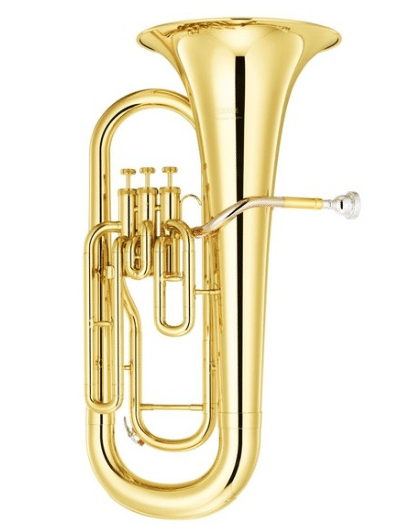
FEATURES:
-With a crisp, warm, tone and balanced blowing resistance throughout the range
- Has a carefully designed valve system providing perfect intonation
- Lighter weight model
- Tonal colours suitable for ensemble and solo performances
- Comes included with a Yamaha mouthpiece and a sturdy case
- Offers a free five-year extended warranty when purchased
- The gold finish on the instrument can be prone to scratches and wear
When you click ‘Check Price’, you’ll see there are loads of great places to buy this item. Our personal favorite is Sweetwater for the US, and Thomann and Gear4Music for the UK & Europe.
They are the largest music retailers, with excellent customer service, competitive prices, really fast shipping, and the longest guarantees.
The professional musician who wrote this article combined many things,
from the product build, manufacturer’s reputation through to feedback
from other users, to create our famous TedScore™.
Jupiter JEP1000 Euphonium, Clear Lacquer
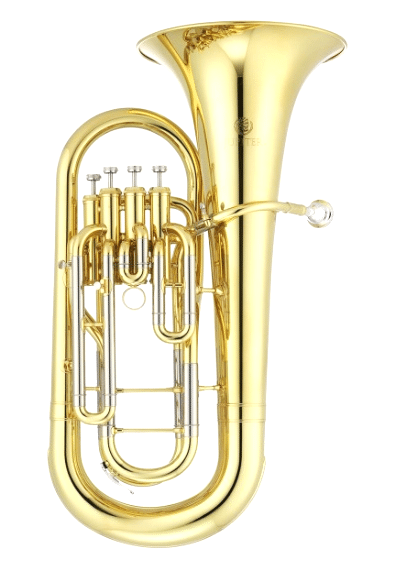
FEATURES:
-Play smoothly with stainless steel pistons
- A maintenance-friendly design thanks to removable valve sections
- Fit in anywhere with a professional-looking lacquered brass body
-You're ready to go with the included wood-frame case
- Includes a wood-frame case
- The instrument's slightly heavy weight can be a challenge for some younger or smaller players
When you click ‘Check Price’, you’ll see there are loads of great places to buy this item. Our personal favorite is Sweetwater for the US, and Thomann and Gear4Music for the UK & Europe.
They are the largest music retailers, with excellent customer service, competitive prices, really fast shipping, and the longest guarantees.
The professional musician who wrote this article combined many things,
from the product build, manufacturer’s reputation through to feedback
from other users, to create our famous TedScore™.
Elkhart 100EH Student 3 Valve Euphonium
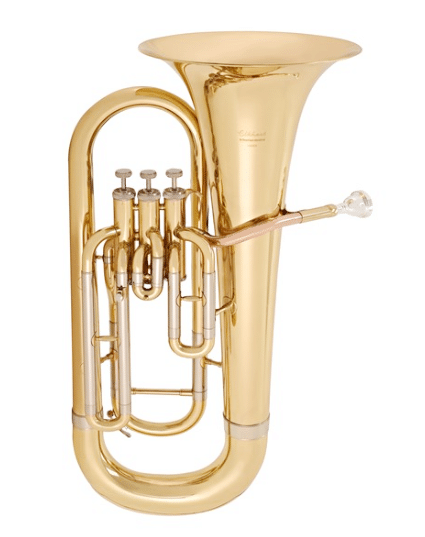
FEATURES:
Rose brass leadpipe produces a fantastic tone
- Designed by the famous Vincent Bach company
-Steel valves are light, smooth, and durable
- Includes backpack-style case and mouthpiece
- Perfectly suited for both schools and brass bands
- Some users reported that the sound quality is not as rich or full as higher-quality models
When you click ‘Check Price’, you’ll see there are loads of great places to buy this item. Our personal favorite is Sweetwater for the US, and Thomann and Gear4Music for the UK & Europe.
They are the largest music retailers, with excellent customer service, competitive prices, really fast shipping, and the longest guarantees.
The professional musician who wrote this article combined many things,
from the product build, manufacturer’s reputation through to feedback
from other users, to create our famous TedScore™.
Tips for Utilizing Your Euphonium Fingering Chart
Take the time to study your euphonium fingering chart thoroughly. Understand the various positions and fingerings for different notes. Having a solid foundation and knowing the basic information is essential before moving on to more complex pieces.
Practicing scales, arpeggios, and simple melodies can help familiarize you with the nuances of each position. This will gradually build your muscle memory and help you become more comfortable with the instrument.
Experiment with different fingerings to find ones that suit your playing style and produce cleaner, more accurate sounds. Watch for alternate fingerings that make specific passages or transitions smoother.
Use your fingerings chart to help transpose music from different keys into a concert pitch or from a concert pitch to another key.
Practicing transposition will enhance your understanding of the fingerings and allow you to play a broader range of pieces.
Improving your technique will make playing the euphonium easier and more enjoyable. Utilize the chart to practice various fingerings and positions, focusing on accuracy and speed.
Exercises to strengthen your embouchure, breath control, and finger coordination will significantly enhance your overall playing abilities.
Euphonium Fingering Chart: Key Takeaways
Summary
The euphonium fingering chart is an essential tool for any euphonium player.
By understanding the basic principles of euphonium fingering, players can explore the full potential of their instrument and create beautiful melodies that will captivate audiences.
So whether you’re a beginner or an experienced player, take some time to study the euphonium fingering chart and unlock the magic of this incredible instrument!
Wait, there’s more!!!
Are you interested in finding out more about marching Euphoniums?
FAQ's
The fourth valve is an additional valve found on some euphoniums. It extends the instrument’s range and provides alternate fingerings for certain notes.



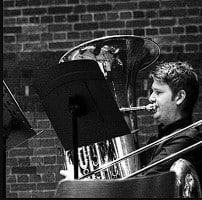






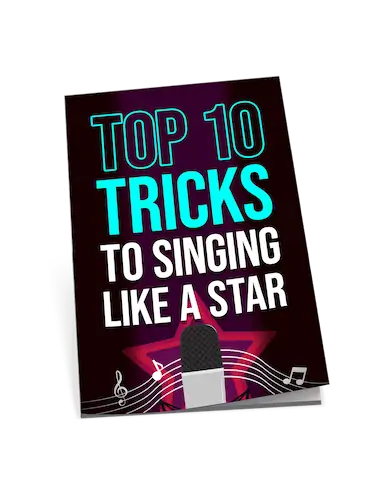
This article is a fantastic resource for anyone starting on the euphonium journey! I remember how perplexed I was by fingering charts when I first began. Your section on how to read a euphonium fingering chart illuminates a crucial step in mastering this beautiful instrument. I also appreciate the tips for utilizing fingering charts effectively – it’s a reminder that mastering an instrument extends beyond mere practice to include understanding its theory and mechanics. Kudos for including a section on partials and techniques, it’s often overlooked but immensely important for progress. Would love to see more articles like this geared towards intermediate techniques as well!
hmm, i gotta say, i’m not totally sold on the idea that fingerings charts are the be all end all for learning. feels like actually playing and messing up gets you further. isn’t that what practice is for? Plus, every chart I see looks different, what’s up with that?
Loved the explanation on the non-compensating euphoniums, perfectly sums up what beginners need to know. Spot on with the about recommended euphoniums for starters too.
Do you think the gap between beginners and advanced players diminishes with a better instrument?
Right? Wish I had this guide when I was starting out. Would’ve saved me from the confusion.
hey Carl, do alternate fingerings really make a big difference? just started learning and it seems kinda complex.